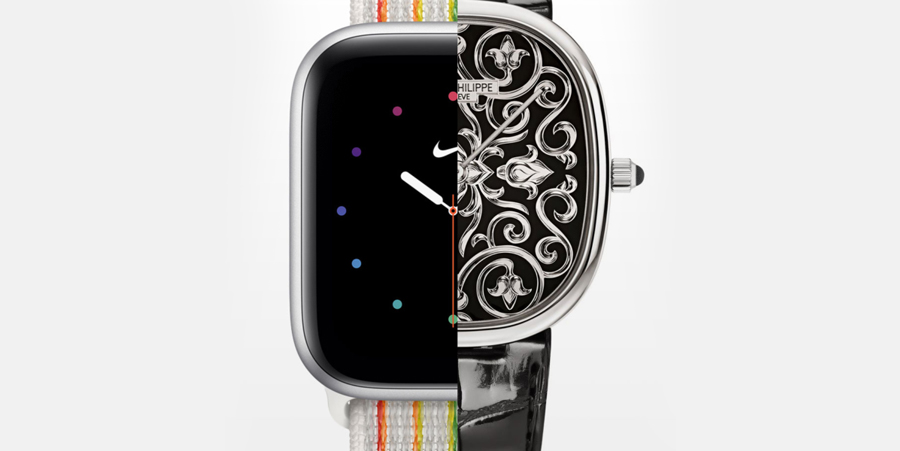The Express Arena encompasses industries, sectors, and businesses that have traditionally targeted desire over need. But as new, and unexpected players enter this arena, fundamental questions resurface: why do consumers desire certain products and experiences over others?
From fashion to lifestyle, from arts & culture to (some) music events, we believe the force that underlines today’s patterns of desire is the fundamental human motivation to express meaning which mediates ever-shifting subcultures of belonging.
The motivation to express should not be interpreted as selfishness or just a peculiar expression of Western cultures.
Neuroscience is teaching us that ‘self-expression’ might be one – if not the most important ways for people to connect, navigate and grow with each other.”
Judith Glaser

Judith Glaser suggests that at heart of this motivation is the desire for “authentic expression that not only encourages us to be the best we can be, but allows us to co-exist with others, too.” To identify and belong is acutely human.
Interbrand Group research with consumers suggests that these motivations are also at the heart of relevance. The data shows that great brands help customers express what matters to them, and the best brands are – in customers’ eyes – symbiotic with their identity.
Within this context, today’s models for constructing brands, e.g., those used in defining luxury, look too rigid; while they continue to define categories and pricing segments, they do not helpfully describe the deeper patterns that are necessary to drive customers’ behavior.
This is especially true against the background of increasingly unpredictable social, political and economic contexts. As Gillian Tett, Editor at Large of the Financial Times and author of Athro-Vision says in our exclusive interview with her: “when consumers’ context is changing, you risk being wrong-footed by the fixed models you are bound to.”

Consumers are ahead of us here: when we ask them to tell us about what best expresses their identity and affiliations, responses cross formal categories but demonstrate clear patterns… Enter arena thinking.
Who would imagine that some consumers see their grocery store as a way to express their identity and their tribe? And yet, they do. QED: Erewhon Grocery, as featured in the New York Times:
“It’s a paradox for a health food store to be cool,” said Jason Widener, a Vice President at Erewhon. In the decade he’s worked there, he has seen the store go from a single location to a mini-empire, including the recently opened outpost in Silver Lake.
“I don’t know if it’s cool any more these days to have a Bud Light jumping off a cliff, you know?” Mr. Widener said. “It’s cool to have a green juice in your hand and jump off a cliff.”
In her recent ‘We Are What We Eat’, award winning activist and vice president of Slow Food International Alice Waters discusses eating as being not just an individual choice – but a social and political act, too.
The question here is not really whether Erehwon is luxury, but whether the traditional notion of luxury is still adequate to capture today’s society and zeitgeist.”
Lidi Grimaldi
There should therefore be no doubt about the expressive power of the Erehwons of this world. These brands are (also) statements. They signify and project parts of our identity to the same extent that brands traditionally known as luxury do – and, like them, translate that into heightened desirability, commanding a significant premium.
The question here is not really whether Erehwon is luxury, but whether the traditional notion of luxury is still adequate to capture today’s society and zeitgeist. The commonplace view of luxury as exclusivity, catwalks, jewellery and yachts is, in fact, nothing other than an island in the archipelago of expression.
Some of the brands traditionally described as ‘luxury’ are still – or in some case more than ever before – powerful symbols of belonging. Others, however, seem to struggle to find relevance in a world that wants to say more than ‘I can afford’.
Creating extraordinary relevance requires a deep understanding of people’s tacit needs and the willingness to continuously evolve meaning with consumers. Quoting Mario Ortelli, Managing Partner at Ortelli&Co: “brands are becoming letters of an alphabet people use to build their own personal stories… They are broadcasters of values.”. In essence, their customers are the actual brands.
Brands that, from our assessment, are ahead of the pack in this arena, such us Prada, Gucci, Glossier, Bottega Veneta, Nike, Peloton, Erehwon, have adapted to this role and fragmentation. They are entering partnerships, creating content, and embracing new experiences. They recognize that an open dialogue with the subcultures that make up their communities is the only sustainable way to stay relevant and build loyalty in the long run. Founded decades ago, on the dogmas of exclusivity, ownership and status, he conventional construct of luxury increasingly feels at odds with a world of individuals in search of meaning, connection and belonging.
…
This article first appeared in www.interbrand.com
Seeking to build and grow your brand using the force of consumer insight, strategic foresight, creative disruption and technology prowess? Talk to us at +971 50 6254340 or mail: engage@groupisd.com or visit www.groupisd.com/story


